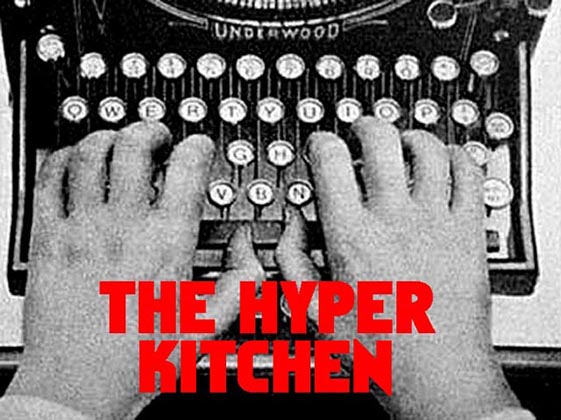 Egypt's capital, Cairo, generates 25000 tons of refuse every day, and yet it had no municipal garbage collection service until 1980. For several generations this was the primary duty of the Zabbaleen (or "garbage people"), an ethnic minority of Coptic Christians. Even after the changes of the eighties, the Zabbaleen continue to be an integral component of Cairo's rubbish removal system.
Egypt's capital, Cairo, generates 25000 tons of refuse every day, and yet it had no municipal garbage collection service until 1980. For several generations this was the primary duty of the Zabbaleen (or "garbage people"), an ethnic minority of Coptic Christians. Even after the changes of the eighties, the Zabbaleen continue to be an integral component of Cairo's rubbish removal system.The Zabbaleen live in Manshiyat naser, a slum without electricity or running water built on the edge of Cairo. They gather garbage by the truckload from Cairo and return home to sort it. Salvageable items are utilized by the city's inhabitants. Scrap metal is gathered and sold, along with recyclable plastic products. All organic waste is fed to pigs, which are eaten by the Zabbaleen or sold in Cairo meat markets. Manshiyat naser's entire economy revolves around trash. The streets are piled high with tightly-wired bales of garbage and overstuffed garbage bags cover the rooftops.
Recently in 2009, the Egyptian government delivered a serious blow to the Zabbaleen by ordering the slaughter of thousands of pigs, ostensibly to stop swine flu. While this did exactly nothing to curb the spread of the virus, it did succeed in leaving the Zabbaleen robbed of their major food source and good portion of their income. Additionally, organic waste could no longer be disposed of with sufficient speed, and the piles of resulting rancid piles of rubbish bred vermin and disease. Fortunately, in the wake of the crisis there has been a renewed effort to educate the largely illiterate Zabbaleen and develop Mashiyay naser into a center of profitable recycling businesses.

Would you like to know more?








Plastic or paper?
ReplyDeleteKind of an interesting blending of religion and recycling.
What would Jesus recycle?